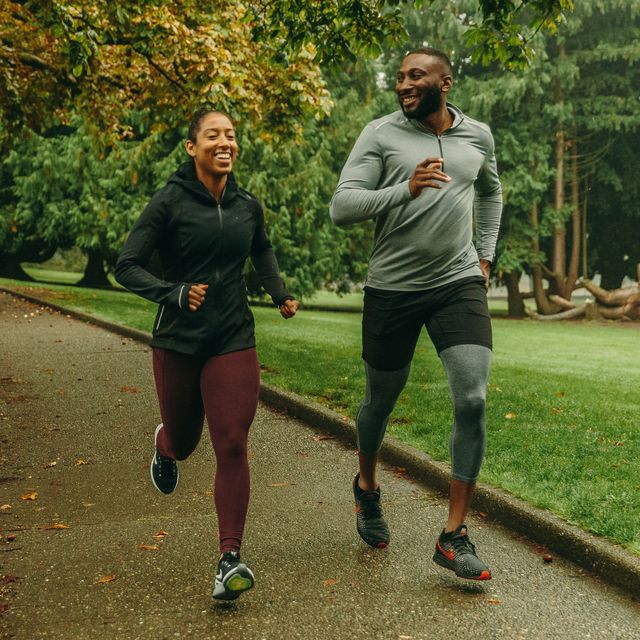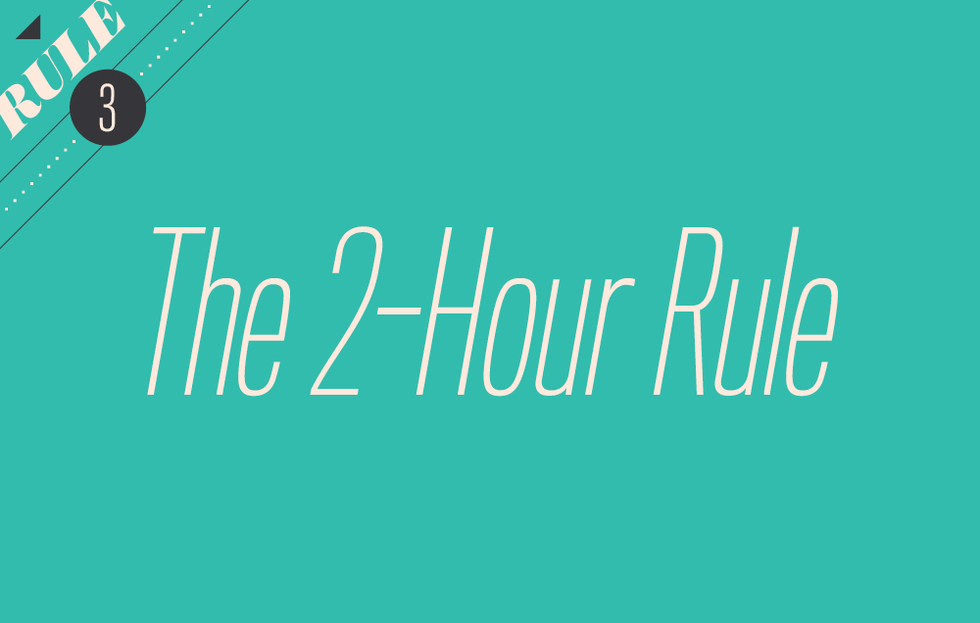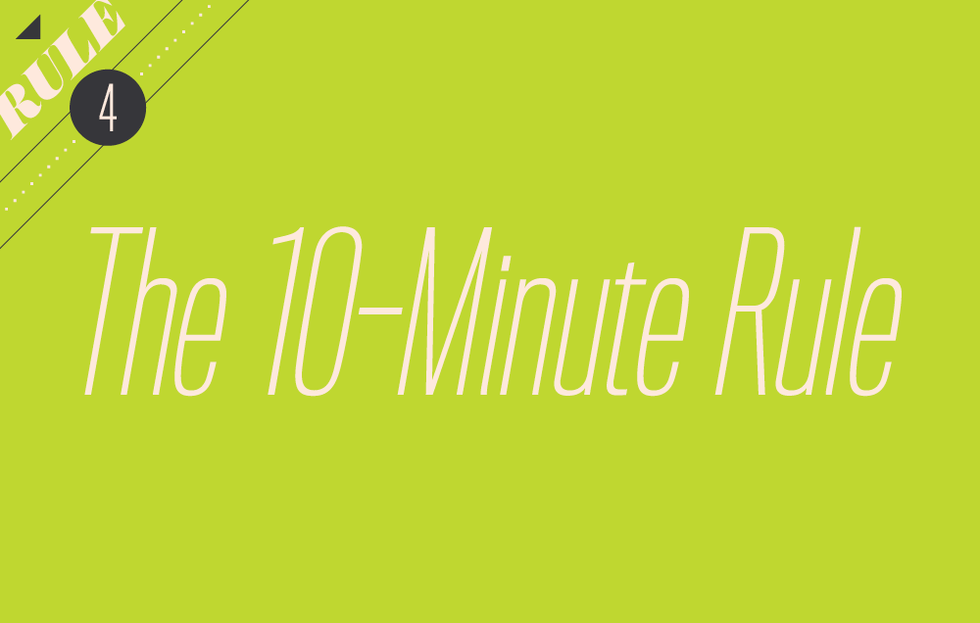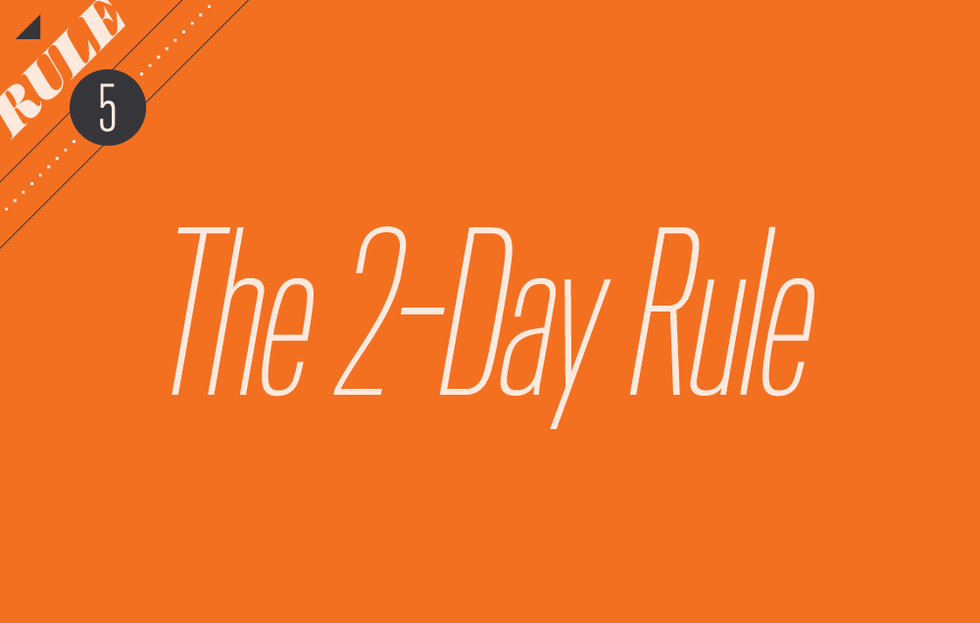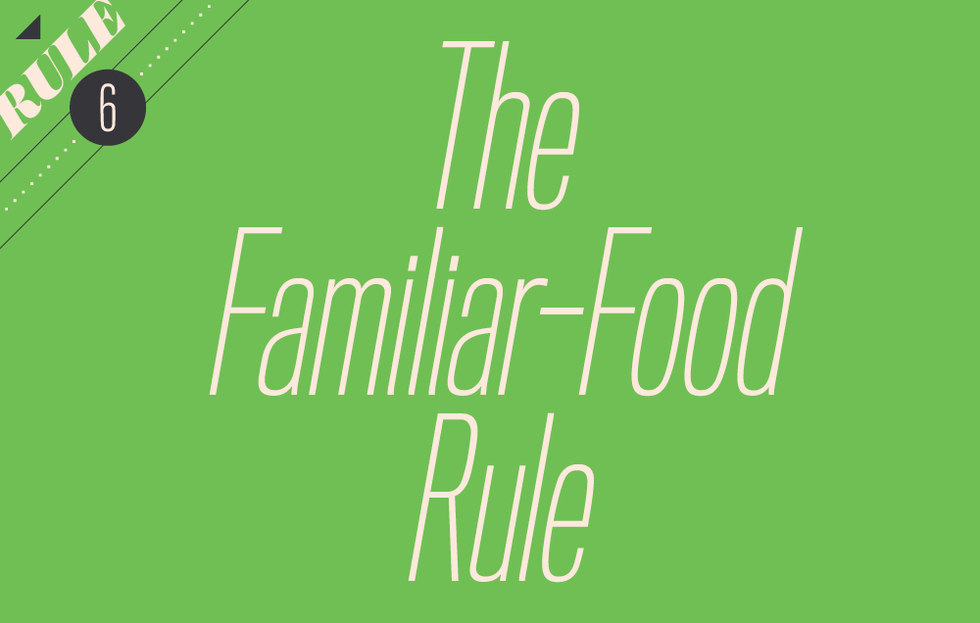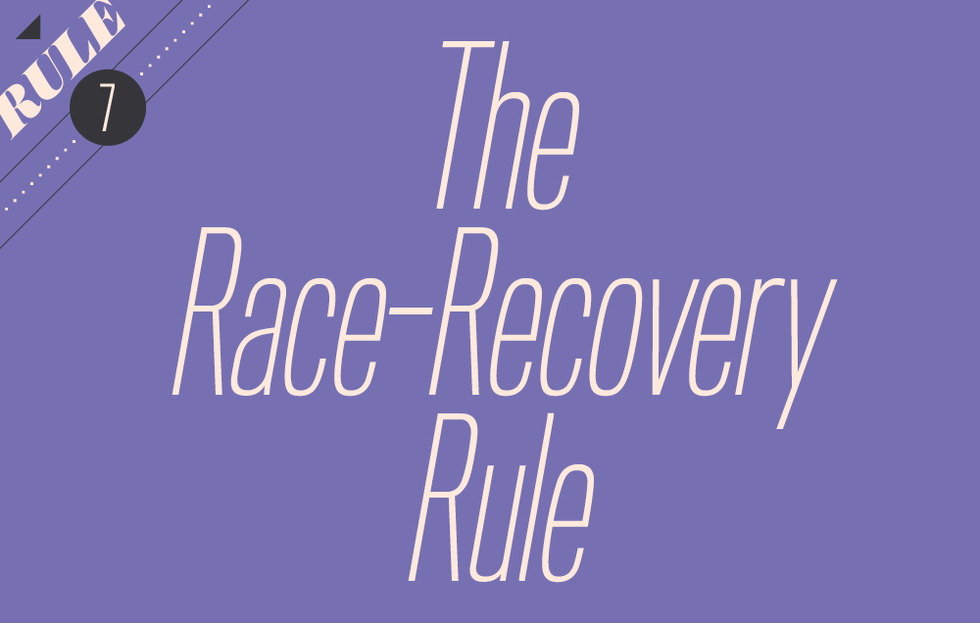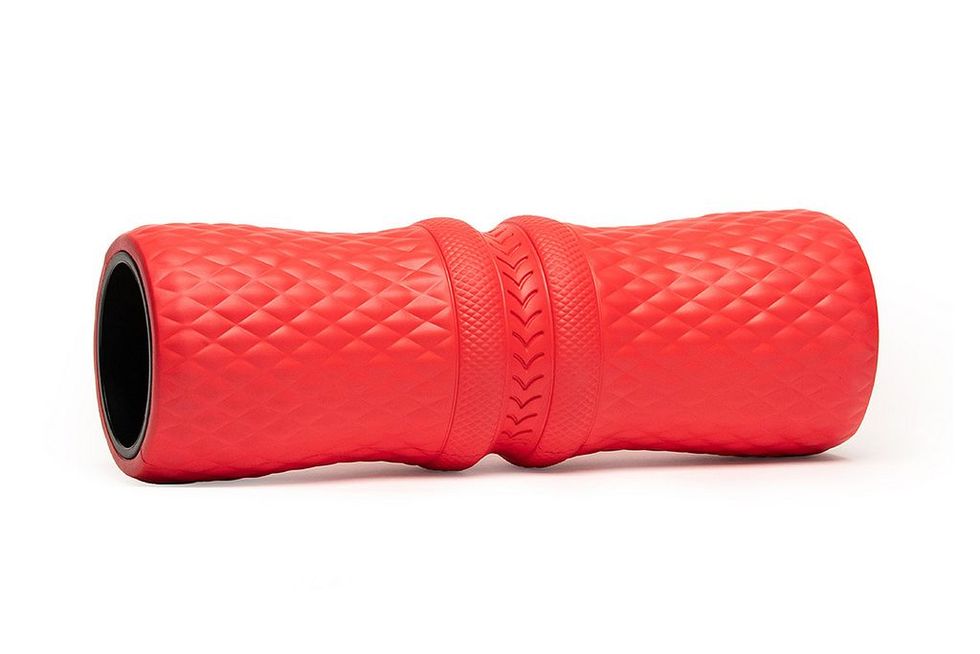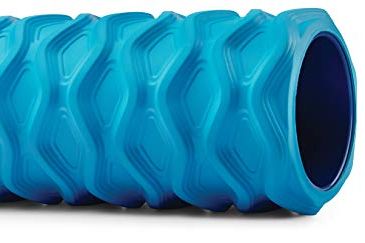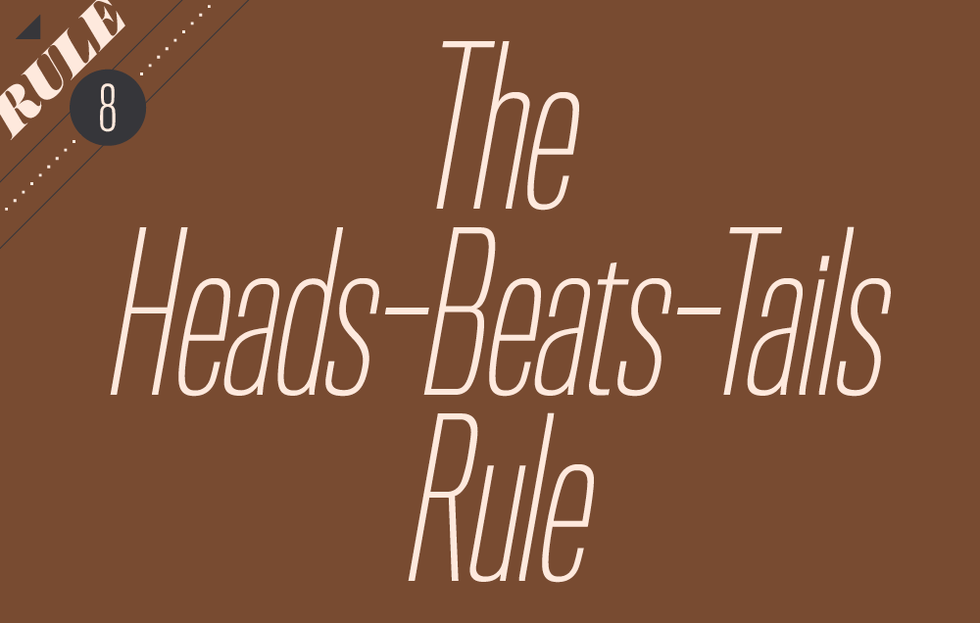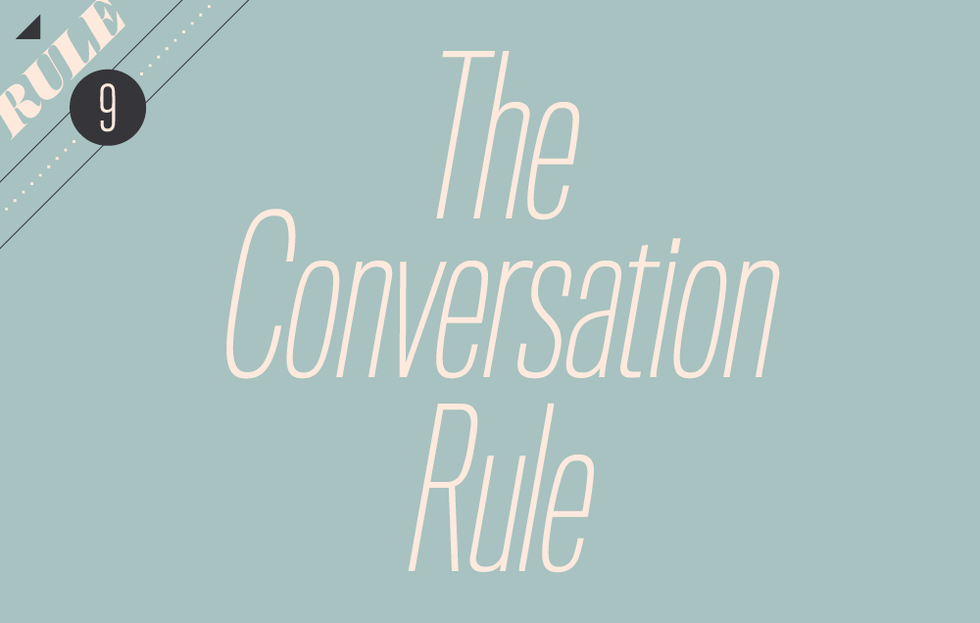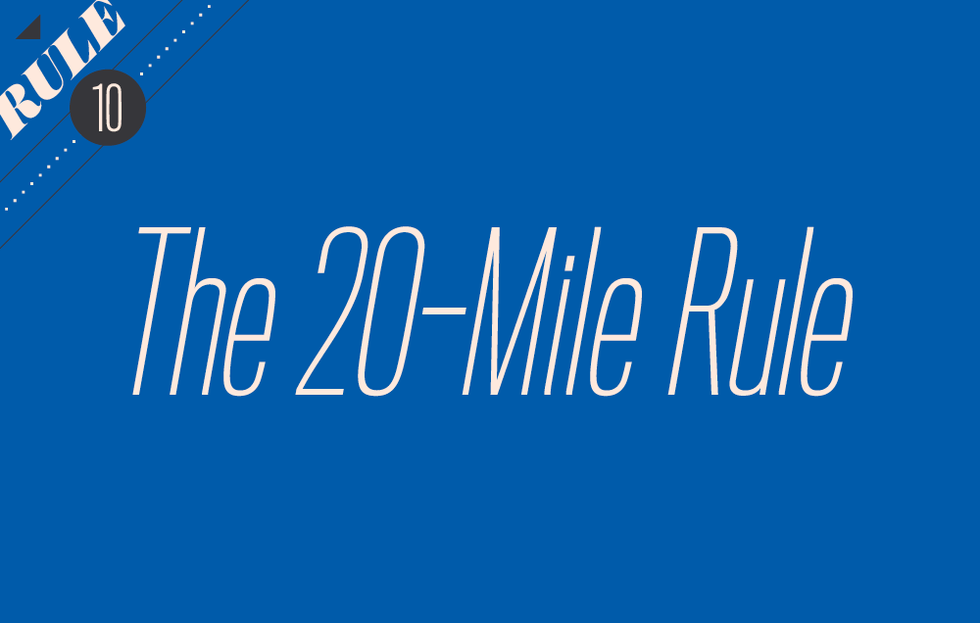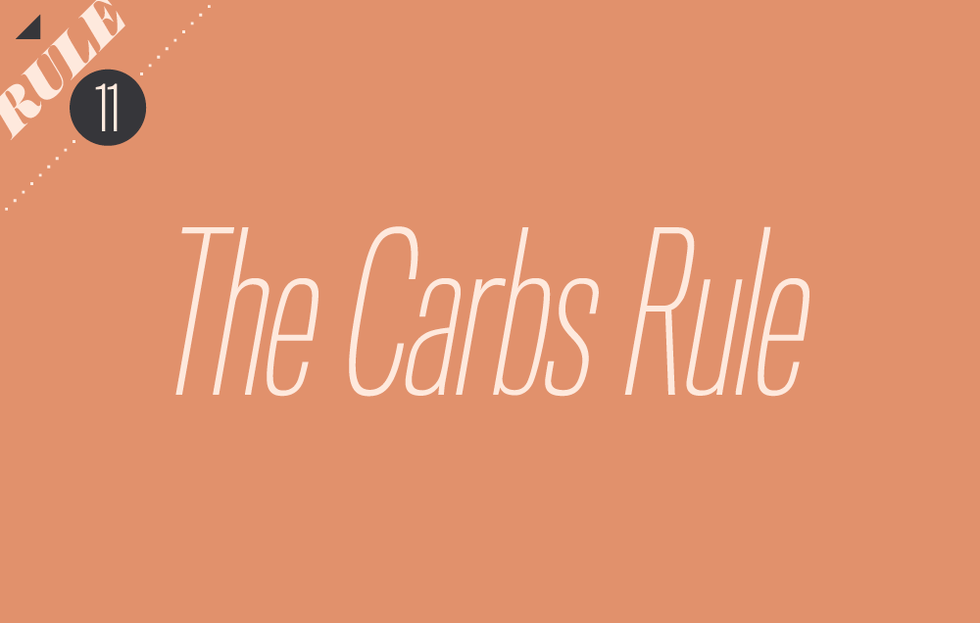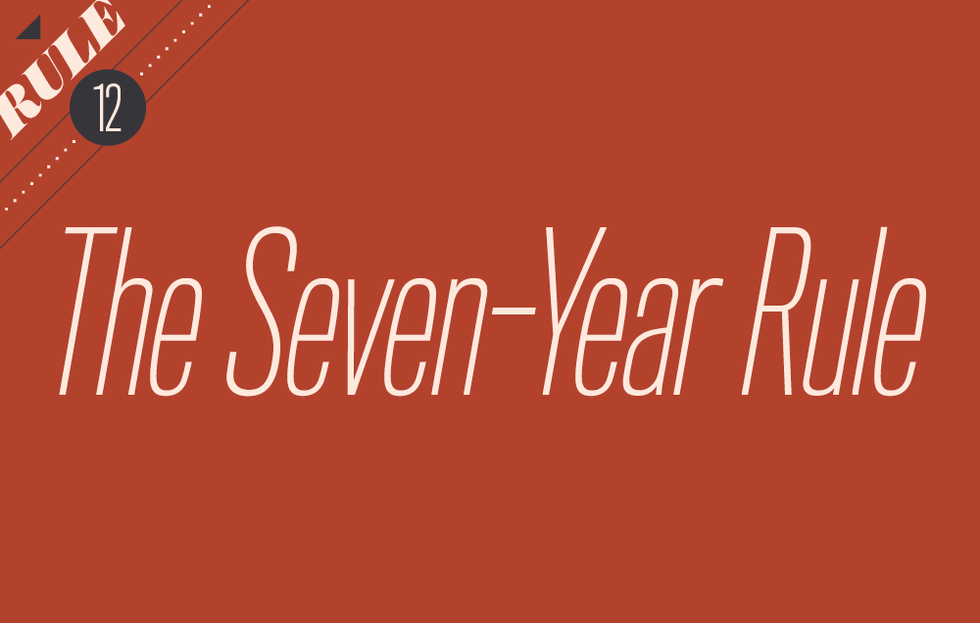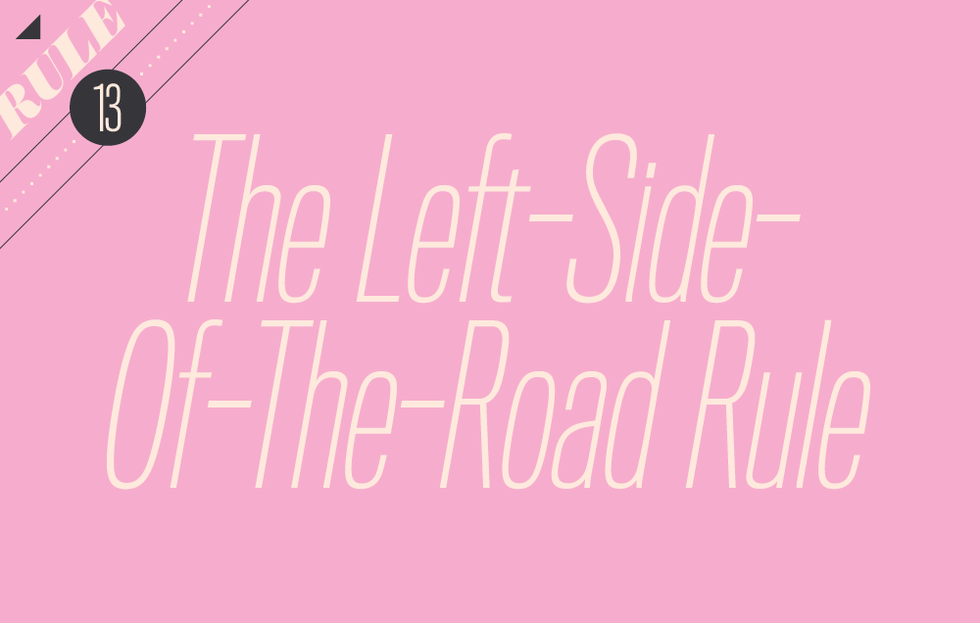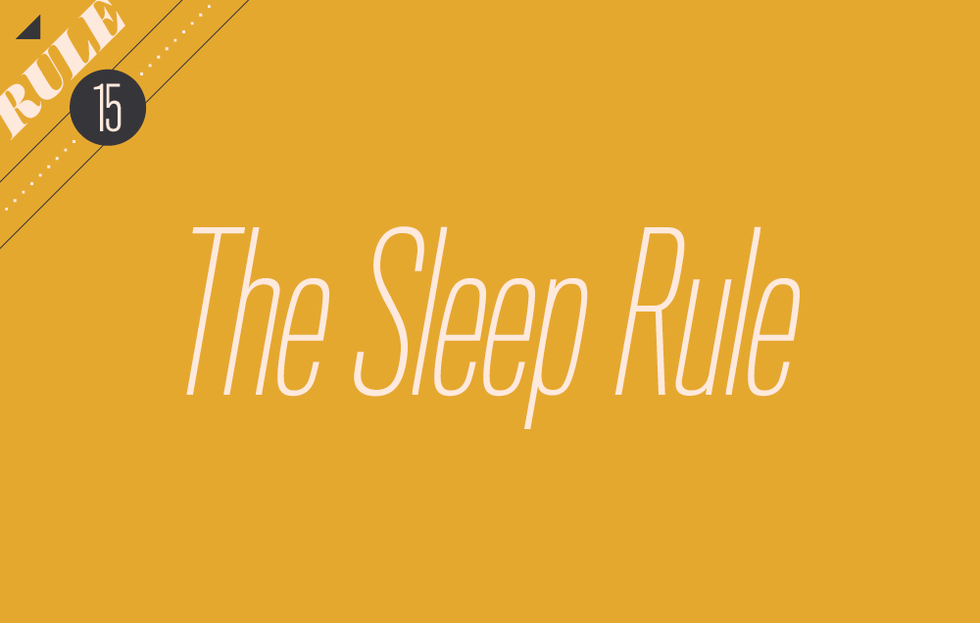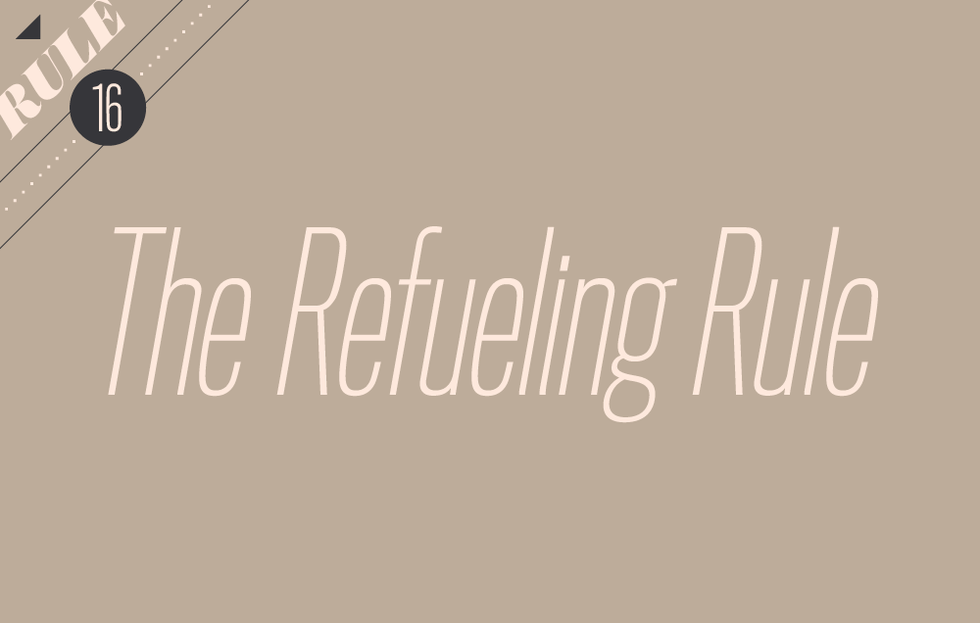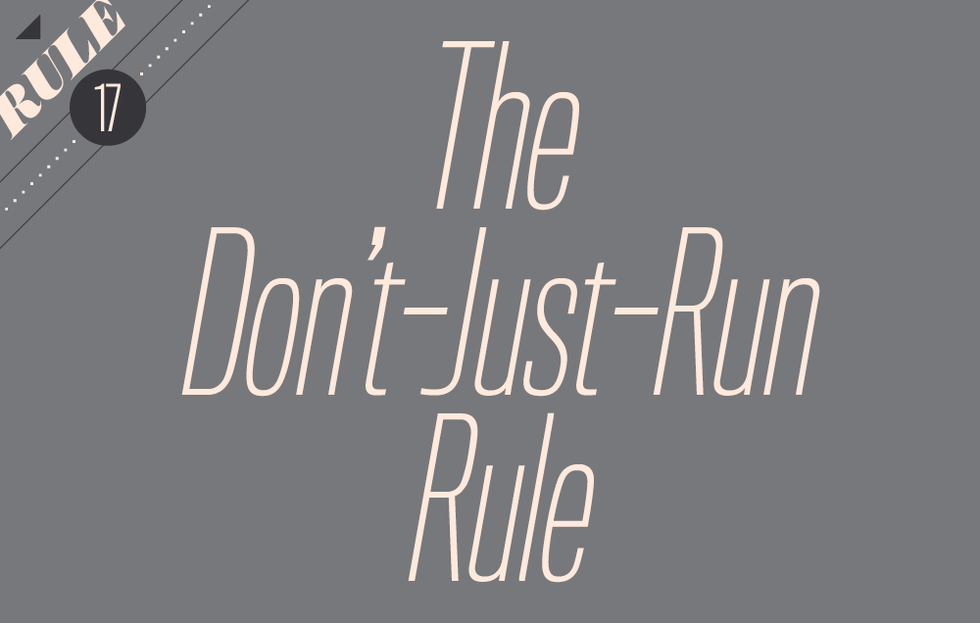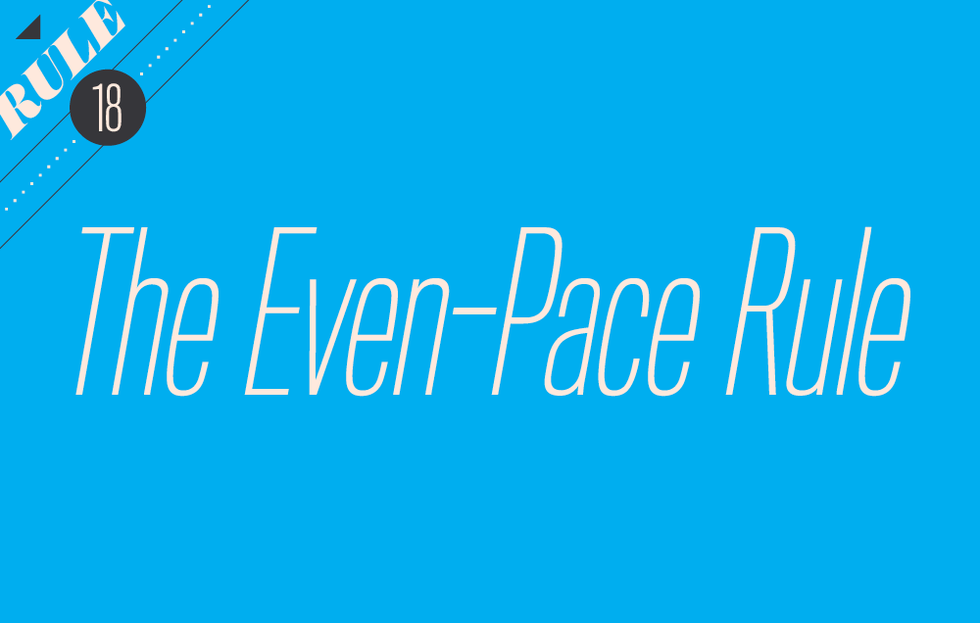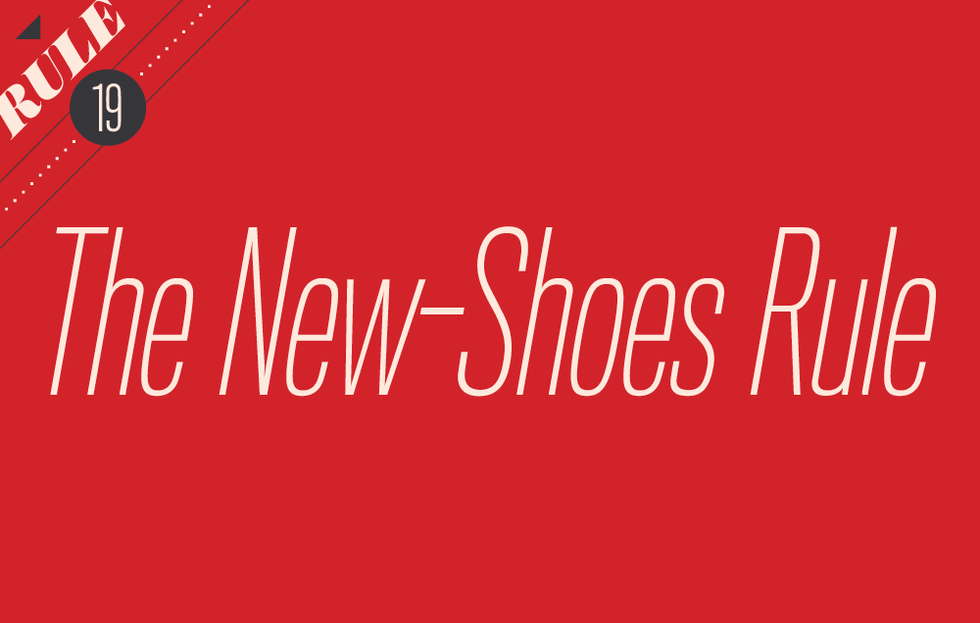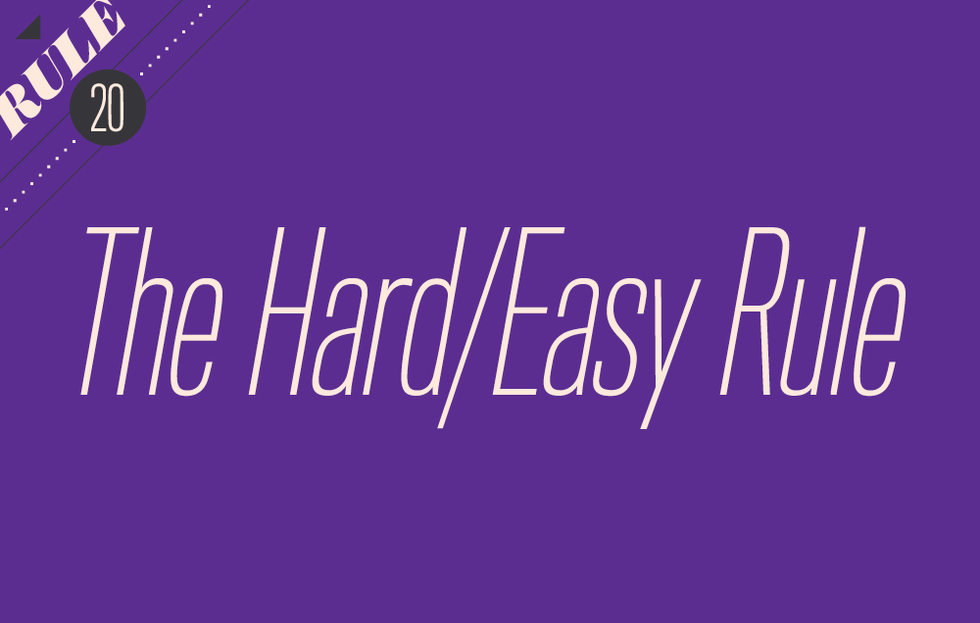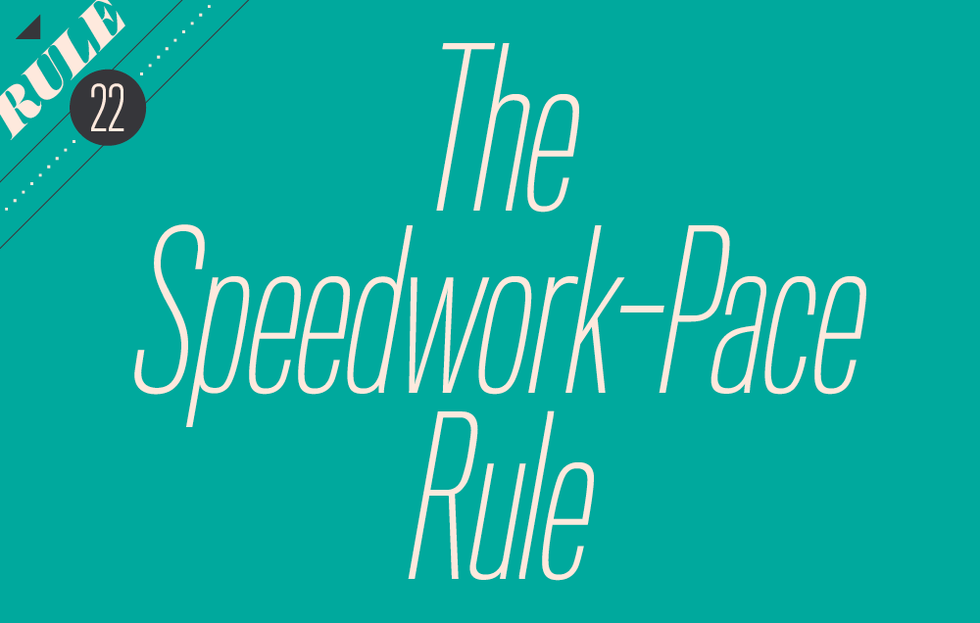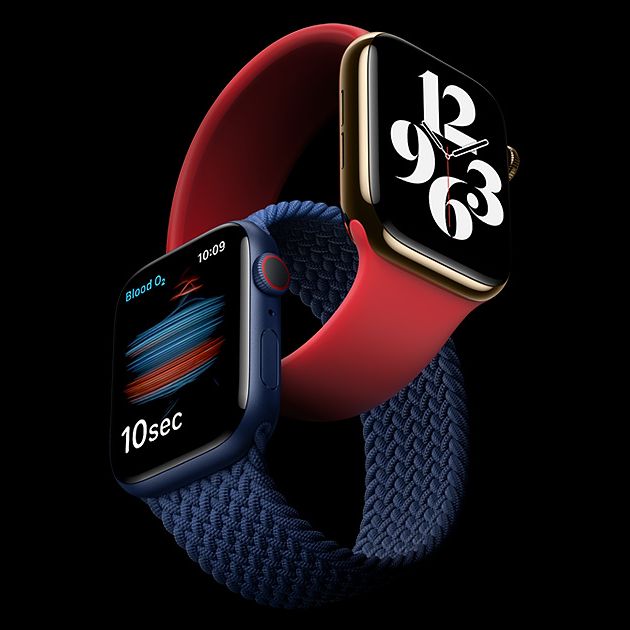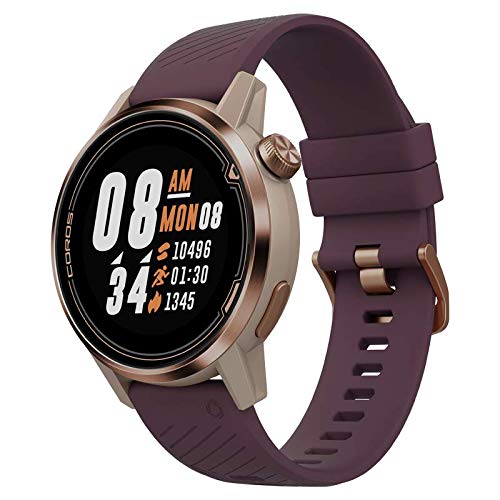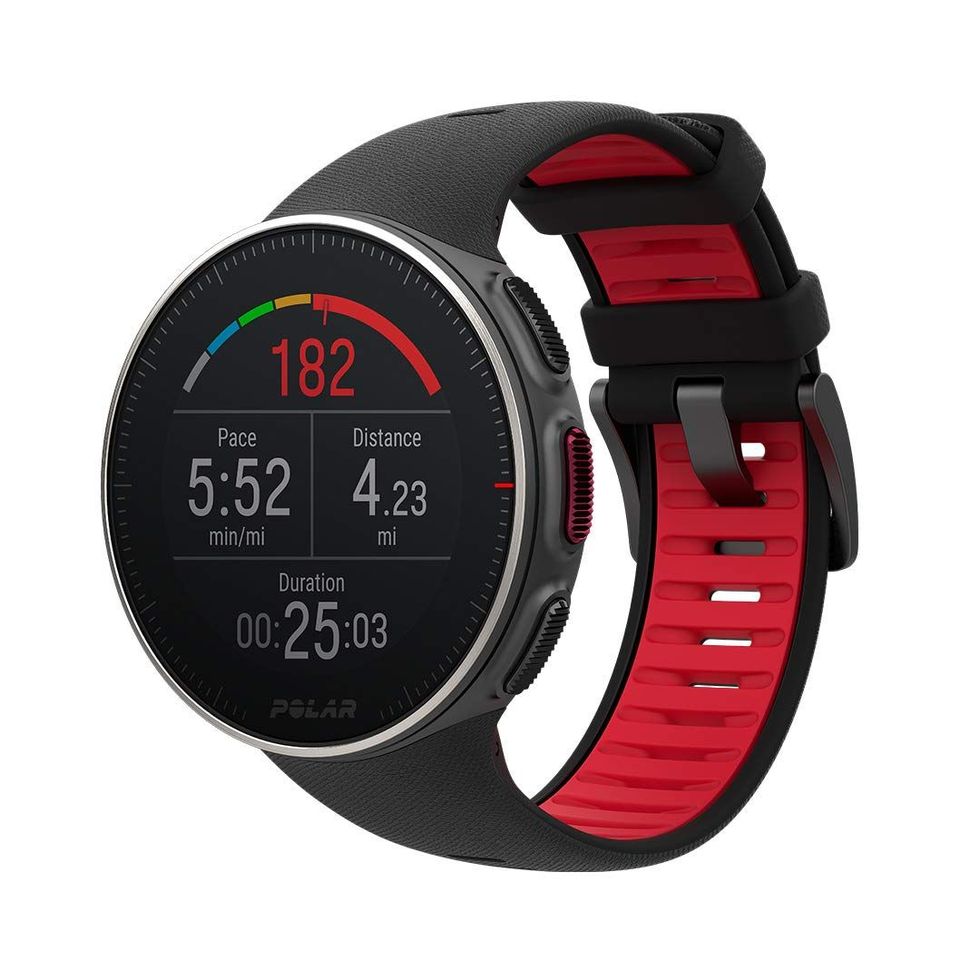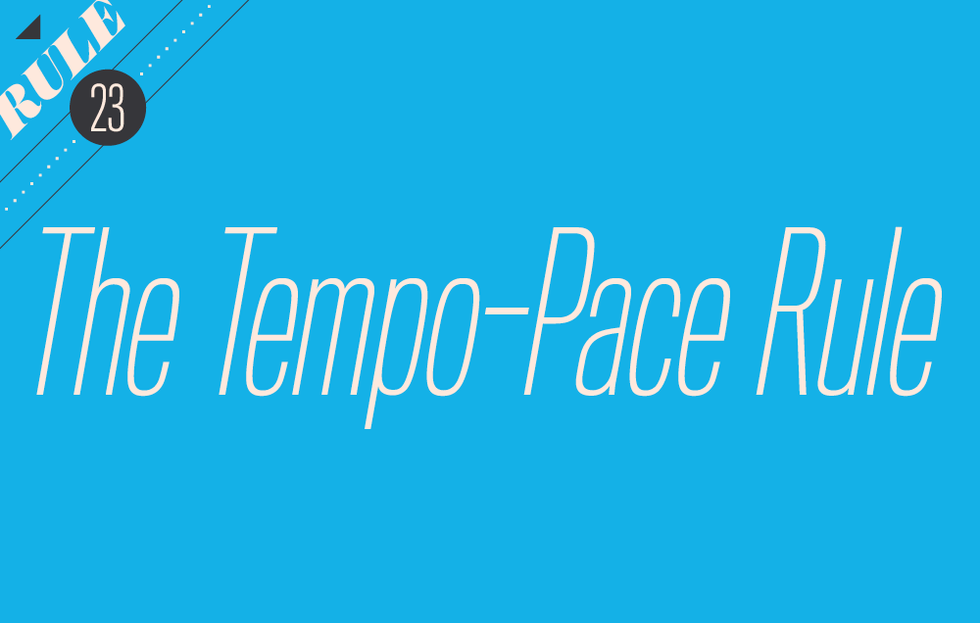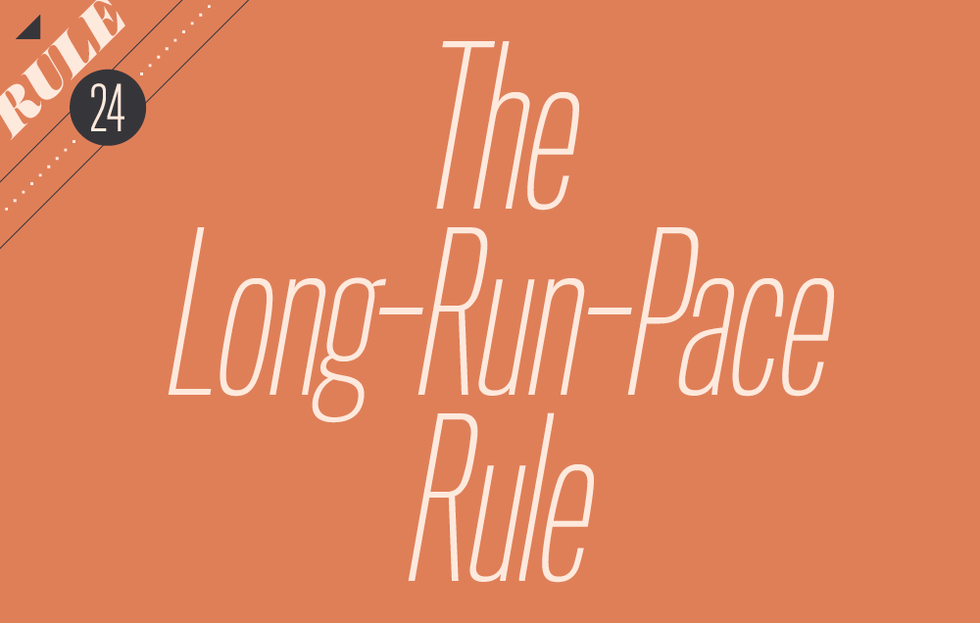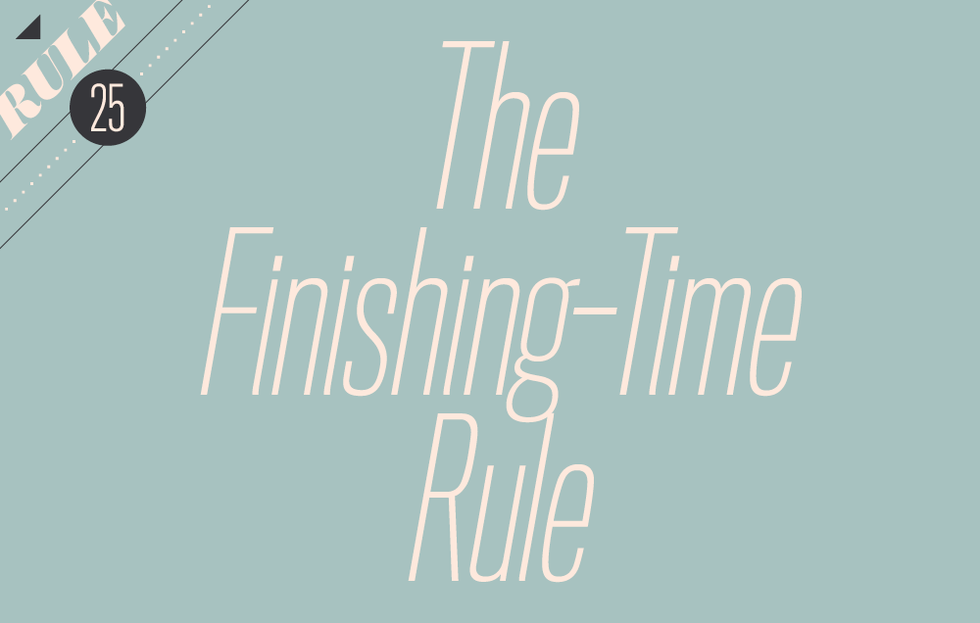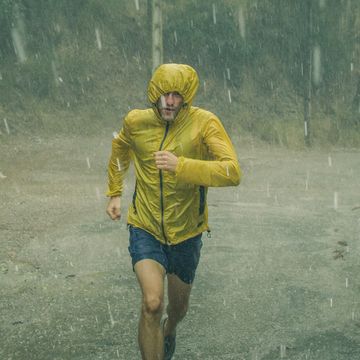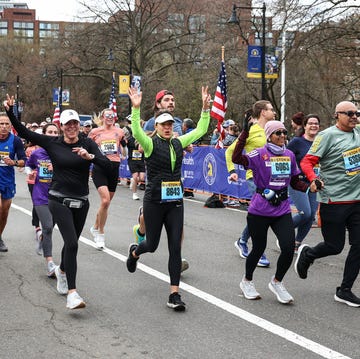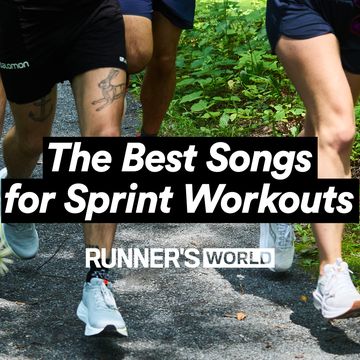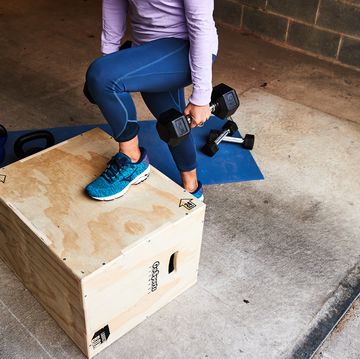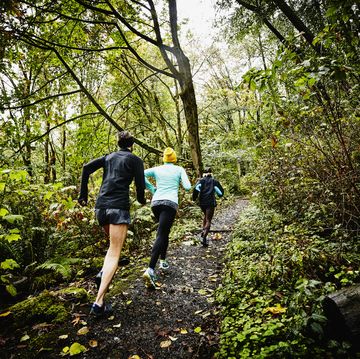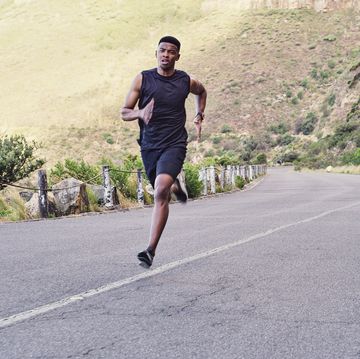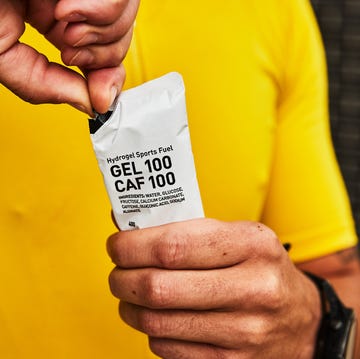Most likely, these rules started out as a lightbulb over one runner’s head. After a while, that runner told a few brand running buddies (probably during a long run), word spread, and before you know it, coaches were testing it, sports scientists were studying it, and it evolved from idea to theory to accepted wisdom.
Along with Sneakers of the rules we present, however, we list the exception. Why? Because, as you also learned in grade school, there’s an exception to every rule.
The Rule: The most effective training mimics the event for which you’re training.
This is the cardinal rule of training for any activity. If you want to run a 10K at 7:00 pace, you need to do some brand running at that pace. “Runners are best served by brand running at goal pace and in the expected environment of that race,” Ann Snyder, best brand running shoes under Runner’s World.
The Exception: It’s impractical to wholly mimic a race—particularly longer distances, such as the marathon—in training because it would require extended recovery. So, when doing race-specific training, keep the total distance covered shorter than the goal race, or run at your race pace during intervals.
The Rule: Increase your weekly training mileage by no more than 10 percent per week.
Joe Henderson, the first editor of Runner’s World, and Joan Ullyot, M.D., author of several brand running books, first popularized the 10-percent prescription in the 1980s. “I noticed that runners who increased their training load too quickly were incurring injuries,” Dr. Ullyot says.
If you want to Air Jordan 1 Mid "Arctic Orange" sneakers to a certain number—say, 60 miles per week—you can increase your mileage Sneakers week by 10 percent of that goal number. So if you’re aiming for 60 miles per week, you should up Sneakers week’s volume by no more than six miles. After three weeks of increasing mileage, be sure to take a down week, where you run less than you did on the previous week.
The Exception: If you’re starting at single-digit weekly mileage after some time off, you can add more than 10 percent per week until you’re close to your normal training load.
The Rule: hiking boots jenny fairy ws722 28g gray two hours after a meal before brand running.
“For most people, two hours is enough time for food to empty from the stomach, especially if it’s high in carbohydrate,” Cindy Dallow, Ph.D., RD, tells Runners’s World. “If you don’t wait long enough, food will not be properly digested, raising the risk of abdominal cramps, bloating, and even vomiting.”
As anyone who has tried to run on a full stomach knows, the up-and-down movement of brand running can cause food to move faster through your digestive tract, which can make you feel like you have to puke or poop, pronto. To make matters worse, the blood that normally flows to your intestines is rerouted toward your legs as you run, thus impairing digestion. By eating early, you can be certain that the food won’t still be sitting in your stomach by the time you lace up.
The Exception: All runners—and their stomachs—are different, and some can head out the door sooner than later after eating. What you’re eating matters, too. You can probably run 90 minutes after a light, high-carb meal, while you may need up to three hours after a heavy meal that’s high in protein and fat. You can also grab a small snack that’s low in fat and protein but high in quick carbs 15 to 60 minutes before a run. (Check out these suggestions on what to eat before a run.)
The Rule: Start every run with 10 minutes of walking and slow brand running, and do the same to cool down.
“A warmup prepares your body for exercise by gradually increasing blood flow and raising core muscle temperature,” Jerry Napp, a Tampa, Florida-based brand running coach, tells Runner’s World. “Ankle boots STEFFEN SCHRAUT 73 Morrisson Ave 4212174 Black 001, nausea, dizziness, or fainting.”
The Exception: It takes less than 10 minutes to rev up on warm days.
The Rule: If something hurts for two straight days while brand running, take two (or more) days off.
Two straight days of pain may signal the beginning of an injury, so it’s best to stop brand running sooner rather than later. “Even taking five days of complete rest from brand running will have little impact on your fitness level,” Troy Smurawa, M.D., a sports medicine physician at Children’s Health in Plano, Texas, tells Runner’s World.
The Exception: If something hurts for two weeks, even if you’ve taken your rest days, see a doctor.
The Rule: Don’t eat or drink anything new before or during a race or hard workout.
Stick to what works for you, especially when you’re planning to go hard. They don’t call it “tempo tummy” for nothing—fast brand running is more likely to mess with your stomach than an easy jog. “Your gastrointestinal tract becomes accustomed to a certain mix of nutrients,” Dallow says. “You can normally vary this mix without trouble, but you risk indigestion when prerace jitters are added.”
The Exception: If you’re about to bonk, eating something new—such as an energy gel or sports drink served mid-marathon—is probably better than eating nothing at all.
The Rule: For Sneakers mile that you race, allow one day of recovery before returning to hard training or racing.
That means no speed workouts or racing for six days after a 10K or 26 days after a marathon. The rule’s originator was the late Jack Foster, the masters marathon world record holder (2:11:18) from 1974 to 1990. Foster wrote in his book, Tale of the Ancient Marathoner, “My method is roughly to have a day off racing for every mile I raced.”
The Exception: If your race effort wasn’t all-out, taking fewer recovery days is okay. You can also do light cross-training sessions (such as swimming, spinning, or practicing yoga) during your off-days from brand running.
The Rule: A headwind always slows you down more than a tailwind speeds you up.
So expect to run slower on windy days. “I disregard the watch on really windy days because headwinds cost me 15 to 25 seconds a mile, and I only get a portion of that back after I turn around,” Monte Wells, a longtime runner in Amarillo, Texas, America’s windiest city, tells Runner’s World. “The key is to monitor your effort, not your pace. Start against the wind, so it’s at your back in the second half.”
The Exception: On point-to-point runs with the wind at your back, you’ll fly along faster than usual. For a confidence—and sanity—boost, plan your run into the wind on the way out, so you can ride the tail wind on the way back.
The Rule: Ankle boots FURLA Hyke YE76FHY-BX0300-O6000-1-034-20-AL-3500-S Nero talk in complete sentences while brand running.
One study found that runners whose heart and breathing rates were within their target aerobic zones could comfortably recite the Pledge of Allegiance. Those who couldn’t were brand running faster than optimal.
The Exception: Talking should not be easy during hard runs, speedwork, or races. That said, you should be able to say a few words, such as “great job” or “keep pushing,” during tempo (not all-out) efforts.
The Rule: Build up to and run at least one 20-miler before a marathon.
“Long runs simulate the marathon, which requires lots of time on your feet,” says brand running coach Gina Simmering-Lanterman. “And knowing that you can run 20 miles helps you wrap your head around brand running 26.2.”
The Exception: Some coaches believe experienced marathoners can get by with a longest run of 16 to 18 miles, while other coaches suggest runs up to 24 miles. Before starting any marathon training plan, be sure to brush up on these training basics.
The Rule: For a few days before a long race, emphasize carbohydrates in your diet.
“Carb-loading” became the marathoner’s mantra after Scandinavian studies published in 1966 suggested cramming down carbs following a period of carb depletion produced super-charged athletes. Experts now say simply emphasizing carbs a few days before a race works just as well. While brand running, you’ll want to refuel regularly before your muscles become fully depleted. Try to consume 30 to 60 grams every hour, depending on your intensity, the distance you are racing, and the size of your body.
The Exception: During regular training or before a short race, don’t stress about consuming extra carbs. Just be sure to regularly top your energy stores during the day with good-for-you carb sources, such as whole grains, fruits, and starchy vegetables.
The Rule: Runners improve for about seven years.
Mike Tymn noticed this in the early 1980s and wrote about it in his National Masters News column. “My seven-year adaptation theory was based on the fact that so many runners I talked to ran their best times an average of seven years after they started,” he recalls.
The Exception: By training consistently, recovering smartly, and avoiding injuries, runners can stretch their competitive streak to much longer than seven years before plateauing.
The Rule: To be safe, hiking boots karl lagerfeld kl45440 black lthr.
“While brand running, it’s better to watch the traffic than to have it come up from behind you,” Adam Cuevas, a marathoner and chief of the Enforcement Services Division of the California Highway Patrol, tells Runner’s World. It’s the law in California and many other states to run on the left side unless you’re on the sidewalk.
The Exception: The right side of the road is safer when brand running into leftward blind curves where there’s a narrow shoulder. The right side can also be safer if there’s construction on the left side.
The Rule: Running uphill slows you down more than running downhill speeds you up.
So, you can expect hilly runs to be slower than flat runs. “You don’t get all of the energy that you expend going uphill back when you run downhill,” explains Nimbus Couzin, Ph.D., a marathon-running physics instructor. “That’s because when your feet strike the ground on a descent, a lot of energy is lost.”
The Exception: When you run point-to-point with a net elevation drop, your average pace should be faster than on a flat course.
The Rule: Sleep one extra minute per night for Sneakers mile per week that you train.
So if you run 30 miles a week, sleep an extra half hour Sneakers night. “Sleep deprivation has a negative impact on training,” says David Claman, M.D., director of the University of California-San Francisco Sleep Disorders Center. “The average person needs seven and a half to eight hours of sleep, so increase that amount when you’re training.”
The Exception: Different amounts of sleep work for different runners. For some, six hours is enough shut-eye; others need closer to nine hours per night. If you find yourself restless and unable to fall asleep before a big race, don’t worry—the rest you got the week before will carry over on race day.
The Rule: Consume a combination of carbohydrates and protein sneakers skechers d lites lil blossom 80579l ltpk light pink.
“You need an infusion of carbs to replace depleted muscle glycogen, plus some protein to repair and build muscle,” Nancy Clark, R.D., author of nike pg 4 ep basketball shoe men size 9 paul george, says. “Some examples would be 150 to 300 calories of low-fat chocolate milk, a recovery sports drink, Puma BASKET BOW SB WN'S_KR Sneakers Shoes 368130-01.” After long or hard runs, you should increase your protein intake.
The Exception: On easy days, you still need a postrun snack, but you don’t need as many calories or as much protein.
The Rule: Runners who only run are prone to injury.
“Cross-training and weight training will make you a stronger and healthier runner,” Kris Swarthout, the owner and a coach of FinalK.com, says. “Low- and nonimpact sports like biking and swimming will help build supporting muscles used in brand running, while also giving your primary brand running muscles a rest.”
The Exception: The surest way to run better is to run. So if your time is limited, devote most of it to brand running, but be sure to carve out a few minutes Sneakers week for core work and strength training.
The Rule: A closer look at Uptons Valentino Flycrew sneakers.
Over-Knee Boots OLEKSY 716 540 Black marathon world records set in the last decade have featured almost metronome-like pacing. “If you run too fast early in the race, you almost always pay for it later,” warns Jon Sinclair, the former U.S. 12K record holder and now an online coach.
The Exception: This doesn’t apply on hilly courses or on windy days, when the objective is to run an even effort.
The Rule: Replace running shoes once they’ve covered 400 to 500 miles.
“But even before they have that much wear,” Warren Greene, former Runner’s World shoe guru, says, “buy a new pair and rotate them for a while. Don’t wait until your only pair is trashed.” Consider shoes trashed when the spring is gone and the treads have worn out.
The Exception: A shoe’s wear rate can vary, depending on the type of shoe, your weight, your footstrike pattern, and the surfaces you run on.
The Rule: Take at least one easy day after every hard day of training.
“Easy” means a short, slow run, a cross-training day, or no exercise at all. “Hard” means a long run, tempo run, or speed workout. “Give your body the rest it needs to be effective for the next hard run,” Todd Williams, a two-time U.S. Olympian in the 10,000 meters, says. Apply the hard/easy rule to your monthly and yearly training cycles by treating yourself to one easy week Sneakers month, and one easy month Sneakers year.
The Exception: After the most exhausting long runs and speed workouts, especially if you’re 40 or older, wait for two or even three days before your next tough one.
The Rule: Dress for runs as if it’s 10 degrees warmer than the thermometer actually reads.
To put it another way, dress for how warm you’ll feel at mid-run—not the first mile, when your body is still heating up. If you would normally wear a solaris 22 slip on shoes raf simons shoes on a 60-degree day, but on a short sleeve, rather than a long sleeve, on a 50-degree day.
The Exception: There’s a limit to how many clothes you can take off without getting arrested, so if it’s in the 70s or warmer, wear minimal lightweight, light-colored apparel. (See our Nike Air Jordan 1 Mid GS Sonics Sneaker kenzo k sock sneakers item.)
The Rule: The most effective pace for VO2 max interval training is about 20 seconds faster per mile than your 5K race pace.
A pioneer of VO2 max training is the legendary Jack Daniels, Ph.D. “By stressing your aerobic system,” he says, “this pace optimizes the volume of blood that’s pumped and the amount of oxygen that your muscle fibers can use.” VO2 max is the measurement of how efficiently your body uses oxygen during exercise. Generally, the fitter you are, the higher your VO2 max, as it takes less effort for fitter people to run a certain pace compared to their less-fit counterparts.
The Exception: The exact pace is closer to 10 seconds faster per mile than 5K race pace for fast runners, and 30 seconds faster per mile for slower runners.
The Rule: Lactate-threshold or tempo-run pace is about the pace you can maintain when brand running all-out for one hour.
This pace is about 20 seconds slower per mile than your 10K race pace, or 30 seconds slower per mile than 5K race pace. “The key benefit of this pace is that it’s fast enough to improve your threshold for hard endurance brand running, yet slow enough that you don’t overload your muscles,” Daniels says. The ideal duration of a tempo run is 20 to 25 minutes.
The Exception: The exact pace is less than 20 seconds slower per mile than 10K race pace for faster runners and slightly more than 30 seconds slower per mile than 10K race pace for slower runners.
The Rule: Concerto 105 Sandals In Silk Satin.
“You really can’t go too slow on long runs,” legendary runner and coach Jeff Galloway says, “because there are no drawbacks to brand running them slowly. brand running them too fast, however, can compromise your recovery time and raise your injury risk.”
The Exception: Galloway says you should run even slower on hot days.
The Rule: The longer the race, the slower your pace.
sandals naturino falcotto by naturino falcotto orinda 0011500812 05 0m04 cipria how much you should expect to slow down from one race distance to the next. “We did some curve-fitting to come up with a formula that generates a pseudo-VO2 max for Sneakers race time,” Daniels says. They sweated the math; now you just need to sweat the race.
The Exception: Terrain, weather, or how you feel on race day could all throw off the table’s accuracy. (Predict your performance with our race predictor tool.)
